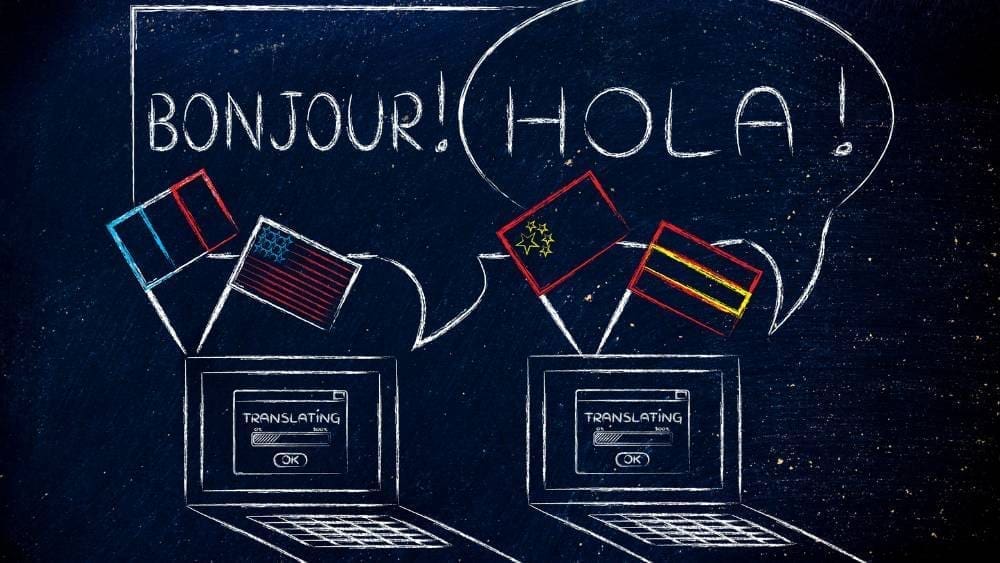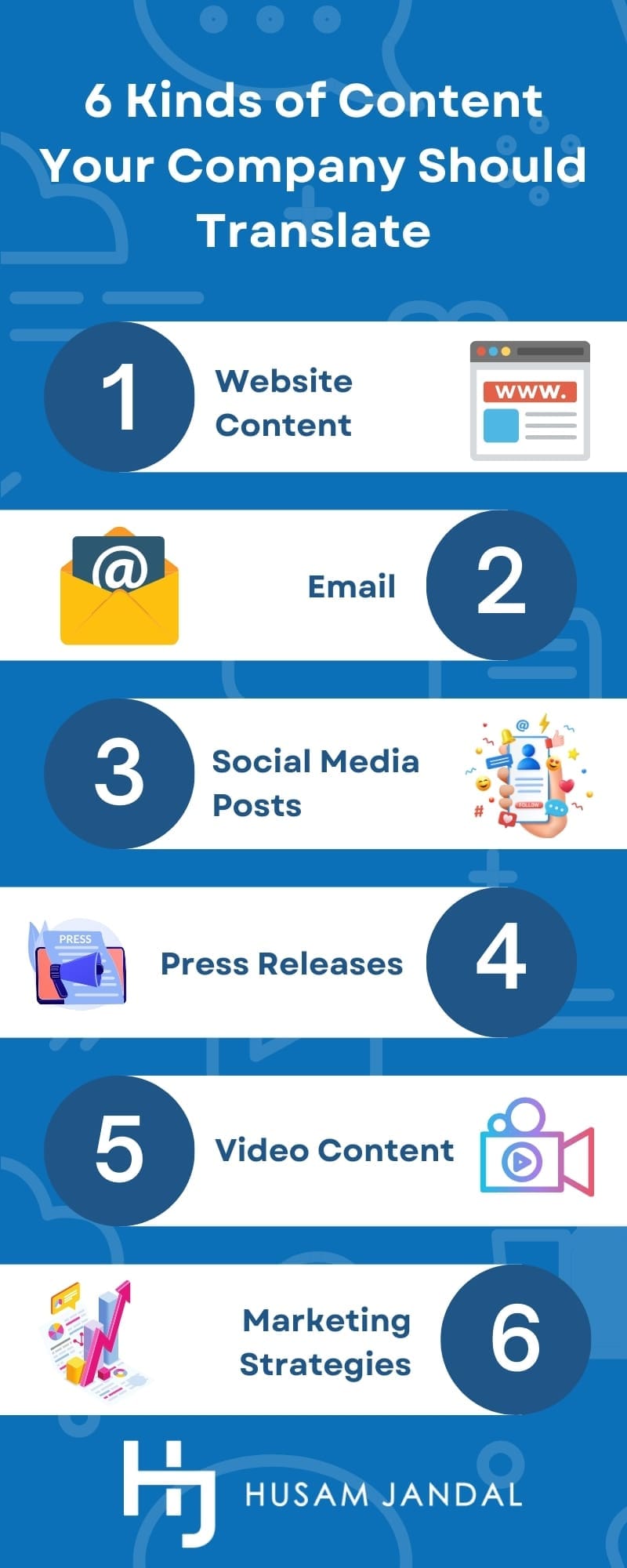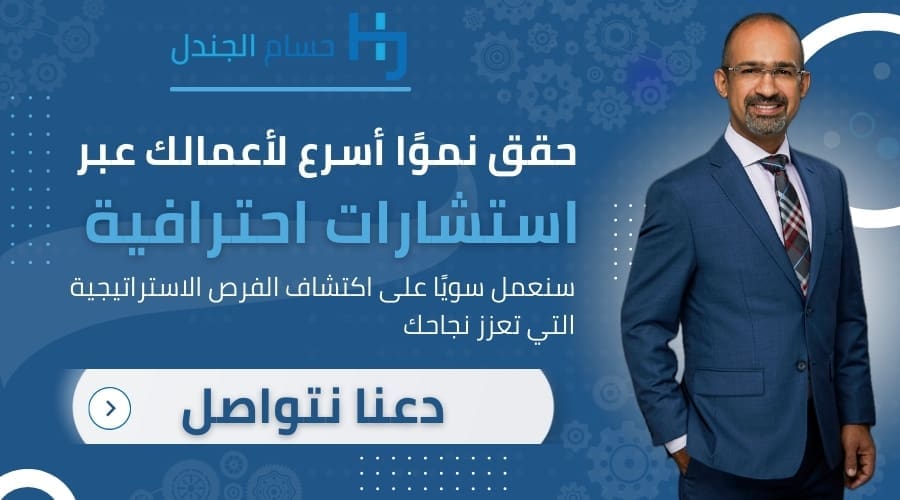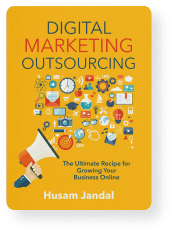 We’ve all heard English is the predominant language and that “most” of the world’s population speaks it. Is there really any benefit to content translation? Are these statements even true in this day and age? On this page, I’ll summarize the benefits of translating your marketing content, who needs to do it, what to consider before you get started, and how to ensure your translation efforts deliver ROI.
We’ve all heard English is the predominant language and that “most” of the world’s population speaks it. Is there really any benefit to content translation? Are these statements even true in this day and age? On this page, I’ll summarize the benefits of translating your marketing content, who needs to do it, what to consider before you get started, and how to ensure your translation efforts deliver ROI.
Why is Marketing Translation Necessary?
To understand why marketing translation is necessary, let’s first dispel a few myths. Most of the world does not speak English. In fact, less than 17 percent of the global population speaks English, and just five percent are native English speakers, according to the CIA. Yet, more than 60 percent of web content is in English per W3Techs.
You might then counter with the idea that if most of the global population doesn’t speak English, surely most internet users do. This is also incorrect. Just 26 percent of people online speak English, according to Statista.
Your next argument might be that these non-English markets simply don’t have value. That isn’t true, either.
As the data clearly shows, the vast majority of internet users belong to markets that are underserved by content in a language they speak, and the top alternate languages are spoken in regions with strong GDPs.
Benefits of Content and Website Translation Services for Marketing
English is the mother tongue of just five percent of the population. Even if your clients understand English, the odds are that it’s not their first language. Your customer base is not immune if you’re in North America, either.
Many may be aware that both English and French are widely spoken in Canada, but few outside the country would be aware that a whopping 21 percent learned French as their first, if not only, language, according to Statistics Canada.
While the U.S. does not have dual official languages, a growing number of people speak Spanish as a first or only language. At last count, 13 percent of the population, or roughly 41 million people in America, are native Spanish speakers, according to the BBC.
Whether you serve a global audience or not, at least some of your target audience speaks a language other than English. You’ll need some form of web content translation services to reach your full target market. Let’s take a quick look at some of the additional benefits beyond the obvious financial gains.
Improved Brand Perception and Customer Experience
People who can fluidly use your site and understand the content are going to have a better experience. That’s why 72 percent of consumers spend most or all of their time on sites that use their language, according to Common Sense Advisory. The desire to consume content in their own language is so great that 56 percent say it’s more important than product pricing. When you deliver a great experience, people will naturally feel better about your brand as well.
Better Search Engine Optimization
Search engine optimization (SEO) relates to setting up your site in a way that it shows up in more searches and appears higher in the search results. The king of search engines, otherwise known as Google, notes that you can optimize your site in two additional ways if you have content in more than one language.
- Multilingual Sites: A multilingual site offers content in more than one language. For example, a Canadian business might have both English and French versions of its entire site. If it’s set up correctly, Google will consider whether the searcher speaks English or French and then direct them to the right page. Note that if the site is only in English, and the person searching speaks French, Google would likely not display the site at all, instead favoring sites in French.
- Multi-Regional Sites: A multi-regional site offers content that’s specific to a searcher’s location. For example, an American business that serves clients in the U.S., Canada, and Mexico would have content specific to each country. If it’s set up correctly, Google will consider the searcher’s location and automatically direct them to the appropriate content. Note that, if a site appears to be purely focused on the U.S. and someone in Canada is searching, Google will favor sites that cater to Canadians when it produces results. Some sites can be both multilingual and multi-regional. For example, let’s say you have a site set up that offers distinct content for American and Canadian audiences. You might also present your Canadian content in both English and French while providing the American content in English and Spanish.
Increased Conversions, Traffic, and Engagement
Nearly three-quarters of people spend most or all their time on sites that use their language, and many markets are underserved linguistically. Translation of digital content is an easy way to boost traffic without having to reinvent the wheel. With 72 percent saying they’re more likely to buy a product that has information in their language per Common Sense Advisory, your engagement and conversions will increase too.
Stronger Competitive Advantage
Big brands know content translation is essential to their success. For example, FedEx has content in a multitude of languages, including Spanish. You can browse Apple’s site in Arabic or choose your preferred language and region. Netflix is even available in Hindi.
The same isn’t seen when we start moving into small and midsize brands. As one of the few companies translating your content to provide a better experience for your clients, you will shine where your competitors do not.
Comply With Regulations
Depending on which regions you serve, you may be required to display things like privacy policies, terms of service, and other legally required pages in the language your clients are likely to speak. For example, the EU General Data Protection Regulation (GDPR) says that “clear and plain language” must be used when describing privacy policies. The rules don’t only apply to businesses operating within the European Union. They apply to all websites that are designed for use by people within the European Union.
Ergo, your American brand may not need to worry about GDPR laws if someone within the EU might stumble upon your site. However, if you sell goods or services to people within the EU, these laws do apply to your business. It may go without saying, but the official language in each country within the EU isn’t necessarily English. In Austria, for example, the official language is German. If your company caters to people in Austria, you’ll need policies in German.
Let’s say you run a hospitality or travel business, and your specialty is travel to hot destinations within the United States. If you’re targeting audiences in England, France, and Germany, your policies must be accessible in English, French, and German.
While there aren’t yet major news stories about smaller businesses outside the EU being hit with penalties for non-compliance with GDPR laws, large companies like Google and WhatsApp (Facebook) have seen penalties well into the millions per EU Business Partners. It’s best practice to do things the right and legal way from the start, especially if you plan to grow.
How to Know When to Accelerate Your Website Translation Efforts
While the benefits outlined above are universal, sometimes it becomes imperative for a business to consider marketing content and website translation. Let’s go over a few warning signs that your business needs to make content translation a priority.
The Data from Your Website Analytics Suggests It
Take a look at your marketing analytics. Most programs, including Google Analytics, will show you which countries your visitors come from and which languages they speak. If you have a high number of people visiting your website and you’re not serving them well, you should translate your content. If you’re still not certain, you can drill down the data and check their bounce rates. Each person who bails right away is a lost potential customer.
You Have an International Audience and Customer Base
Whether you’re intentionally targeting an international base or not, if you’ve managed to attract one, it’s best practice to serve them in their preferred language.
Your Competitors Are Doing It
When your competitors use translation services for marketing, it allows them to reach audiences you can’t. They’ll grow stronger and grow faster than you will unless you get on board.
What Kinds of Content Should My Company Translate?

Anything your marketing team puts online has the potential to be translated. A few areas to consider are highlighted below.
Website Content
Similar to how I suggest businesses should start their digital marketing efforts by designing a high-quality website, your website is the best place to begin translation efforts. It’s the cornerstone of all your digital marketing efforts. Everything you do online should tie back to your site. Moreover, starting by translating your website gives you instant visibility and SEO value, plus allows you to serve your clients better right out of the gate.
If you have a full digital marketing strategy, email marketing is undoubtedly part of it. Hopefully, you’re applying a variety of email marketing strategies, including nurturing and drip campaigns.
Now, imagine you’re looking at a product online, and you think it’s a great fit for your needs. You hit the button to request more information, drop your email on the form, and the info you requested info hits your inbox in less than a minute. Unfortunately, you open the email and immediately discover it’s written in Spanish. You don’t speak Spanish. That email is going in the trash. You’ll either unsubscribe or trash all future messages.
If you’re planning to invest in website translation, give your leads an end-to-end linguistic experience that allows them to complete their desired action at the very least.
Social Media Posts
Another initiative I place earlier in overall strategies is social media marketing. It’s easy to implement, doesn’t have a high investment, and can produce strong ROI. Particularly on platforms like Facebook, you can also choose audiences by location and language. Leveraging these tools allows you to be selective about who sees your posts, so you don’t “gunk up feeds” with posts that are irrelevant or unintelligible to your broader audience.
Press Releases
Press releases are part of a strong content marketing strategy because they provide links back to your site that are crucial to SEO. They’re also routinely picked up by news agencies and aggregate publishers, which expands your digital footprint even more. Considering how little content is available in languages other than English, your translated content has great potential to be shared or even go viral.
Video Content
Although video marketing doesn’t usually come into play until the entry-level digital marketing strategies are in place, it’s something to consider early on because it may change how you produce videos. For example, you may choose to create videos in a way that allows you to easily swap out the on-screen text or ensure there’s ample space for captions in other languages.
Marketing Strategies
Just as your copywriter must understand your business and audience, your translators must as well. A great translator will recognize cultural differences, colloquialisms, and behavioral differences that can make content fly or flop.
For example, most have heard the KFC slogan “Finger-lickin’ good.” When the company translated the slogan to Chinese, it roughly became “Eat your fingers off.” Marketing efforts for the Ford Pinto met a similar fate in Spanish-speaking countries, though it was because the product name carries a very different meaning in Spanish.
If you’re working with a marketing content translator, show them your marketing strategies and upcoming campaign plans. Get feedback on how the audience will likely interpret the content and how they’ll relate to it. If something gets marked as a potential flop, work with your translator to find a suitable alternative.
What Are the Challenges of Web Content Translation?
The benefits of marketing translation cannot be overstated, but that doesn’t necessarily mean implementation is always straightforward. Before embarking on your web content translation journey, there are a few things to consider.
Choosing a Strategy
There are roughly four tiers of content translation.
- Essential Content Translation: With this approach, you only translate content that’s required for legal compliance, such as privacy policies and your terms of service. It won’t necessarily help you attract more customers, but it can protect your business from legal issues.
- Landing Page Translation: If you don’t have the resources to devote to a large-scale content translation effort, you can have individual pages translated. That way, you can still create targeted marketing for non-English speakers and send them to a page they’ll understand. Some businesses will also add links on the English version of a page to the non-English versions to help those who land on a page directly or via search.
- Full Website Translation: If you’re able to do full website translation, this approach is best. Instead of just having alternate content for certain pages, your developer will also set your site up in a way that ensures visitors go to the appropriate page for their needs.
- External Content Translation: Once you have a website in place, you can launch full-scale campaigns in alternate languages. This includes social media, email, press releases, videos, and more that may be hosted elsewhere but direct people back to your site.
Translation vs. Transcreation
Effective content translation for marketing is not as simple as sending your marketing copy to a professional translator and receiving the translation project back in another language. You also can’t just run a machine translation with AI or translation tools and expect the copy to be readable; the likelihood of errors in the wording is extremely high. This is where translation vs. transcreation comes in with putting out relevant, reliable, and quality marketing content.
The translation process is all about replacing words in one language with corresponding words from another. That’s often adequate, but it’s also how you can wind up with phrases like “Eat your fingers off” in your marketing.
Transcreation is a combination of the words “translate” and “creation.” With transcreation, your translators don’t just replace words. They’re writers who use their cultural knowledge and creativity to create content that keeps the same core message and tone but also resonates with the intended audience.
Because of this, you’ll probably require transcreation services rather than translation services when you’re translating marketing content. It is a bit more expensive and is generally charged by the hour rather than by the word, like translation is, but you’ll get better results from it. This is no different than hiring a professional copywriter to create your written content versus having a non-writer create it.
Technical Content Management
Before you start implementing anything, you must consider how you want your overall language setup to work.
- Localized: With the right tags on your page, as set up by a developer or SEO expert, people can be directed to the correct page for their region or language, also known as a localized page. Bear in mind, however, that Google recommends that websites avoid automatic redirection based on language, as it can prevent users from viewing all versions of your site.
- User Selection: Many sites also contain a language selection option near the top of the page.
- URL Geotargeting: Let’s say you’re targeting visitors in Germany. Your German-language site could be “YourSite.de” or “de.YourSite.com.” You could also use subdirectories to organize pages, such as “YourSite.com/de.” By following one of these methods, it’s easier to manage your content and track what’s happening with each audience independently.
Marketing Translation: What to Consider?
In addition to the above, there are a few more things to consider before you start translating marketing content.
Your Target Audience
At the end of the day, everything you do in marketing should be about delivering value to your audience. That’s how you get ROI, and don’t get caught in the trap of trying to appease ever-changing algorithms. The translation or transcreation of your marketing content should be the same.
Translation Method
There are four primary content translation methods.
- Pre-Made Templates: If you’re only translating things like privacy policies, you can use a special software or program to display your policies in multiple languages. It’ll handle the heavy lifting, so you don’t have to do much aside from installing a little code.
- Google Translate: Google Translate is a free service offered by Google that can translate copy into more than 100 languages. To use it, you’ll simply copy your text into Google Translate, choose the language you want it translated to, and then paste the result into your website. This method isn’t great because the translations provided aren’t always accurate, and the wording will not be as compelling as it would be if a professional writer wrote it. Moreover, it won’t be optimized copy, so you won’t get the same SEO boost you might otherwise see.
- Translation Widgets: You can install a translation widget to your site that allows visitors to pick a language. These work similarly to Google Translate but are managed by your visitors. That means you’ll have many of the same pitfalls, such as a lack of professional polish. The content won’t be optimized for keywords either. Plus, only your English version will be indexed, so it won’t necessarily help you reach a wider audience via search. It’s more for the benefit of those who find you through other means.
- Human Translators: Your best bet is to work with bilingual or multilingual translators who can help you avoid saying things like “Eat your fingers off,” which will give your content professional polish and make the words sound natural to the reader. A human translator can also help you optimize better.
The Transcreation or Translation Team
Like many roles in marketing, transcreation, and translation are probably duties you’ll want to outsource unless your primary copywriter or copywriting team is bilingual. Similar to hiring for a traditional writing role, you’ll get better results if you work with a subject matter expert or someone with experience in your industry. Check writing samples of similar work to ensure anyone you’re considering produces high-quality translations. If you don’t speak the language you’re translating to, work with a consultant or another neutral third party who can help you gauge your skill.
Reference Materials for Your Translators
Give your translation team materials that can help them better understand your industry, business, products, and offerings so that they can tailor their translations accordingly. If you’ve already translated some materials, give those to your translation team as well. It will help them maintain the style and terminology for more consistent content.
Get Help with Content Translation and Improving Your Digital Marketing Results
Content translation is something I’m particularly passionate about. As a seasoned digital marketing consultant with experience supporting global Fortune 100 companies, I often speak about the benefits of creating content in Arabic. While the market is huge and Arabic content can deliver impressive ROI, the right choice for your business might be Spanish, French, or another language. What matters most is choosing the right languages for your audience and deploying your content translation initiatives in a way that delivers ROI for your business.
If you’d like to capture new markets, serve your clients better, improve your digital marketing results, or want to translate your content, let’s have a talk about your goals and where you stand today. Please contact me for a complimentary consultation.





































































